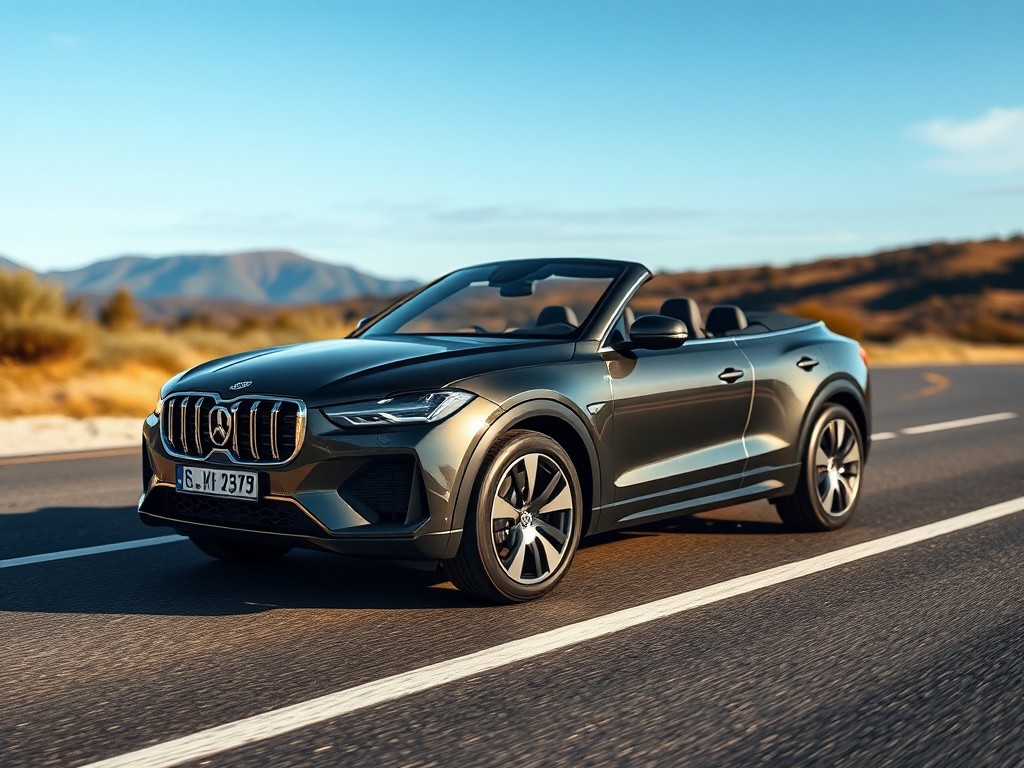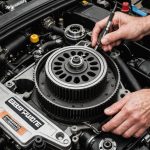In an era defined by rapid technological advancements, if you are still maneuvering your older British hatchback without the aid of a rear-view camera, you’re missing out on an essential safety feature. For your benefit, we’re sharing a comprehensive guide on how to select and install a rear-view camera in an older British hatchback. We will guide you through the selection process, discuss the primary factors to consider, and provide step-by-step instructions for installation.
Selection of an Appropriate Rear-View Camera
Before you take the plunge and purchase a rear-view camera, it’s essential to understand what to look for. This section will help you identify the key factors to consider when selecting the right camera for your vehicle.
Also to discover : Essential Guide: When to Replace the Timing Belt in Your UK Sports Coupe for Peak Performance
Compatibility
First and foremost, ensure the rear-view camera you are considering is compatible with your vehicle. While many cameras in the market are universally compatible, it’s always wise to double-check. Visit the manufacturer’s website or consult with a car accessories expert for accurate information.
Image Quality
When it comes to rear-view cameras, image quality is a critical factor. Opt for a camera that offers clear and sharp images even under low-light conditions. Higher resolution cameras will provide better image quality, but they may also be more expensive. Weigh your needs against your budget to make the right choice.
In parallel : What are the signs of alternator failure in British-made commercial vans?
Viewing Angle
A camera with a wider viewing angle will provide a more comprehensive view, helping you better assess your surroundings. However, remember that a wider angle may also distort the image, making objects appear further than they actually are.
Parking Lines
Some rear-view cameras come with parking lines that guide you while reversing your vehicle. This can be especially helpful if you’re new to using a rear-view camera.
Installation of a Rear-View Camera
Once you’ve selected the perfect rear-view camera, the next task is to install it. While professional installation is always an option, you can save some money by doing it yourself. Here are the steps:
Step 1: Disconnect the Car Battery
Disconnecting the car battery is an essential first step to ensure safety. This will prevent any accidental shocks or damage to your vehicle’s electrical system.
Step 2: Decide on the Camera Position
The position of your camera will have a significant influence on the view it provides. Ideally, the camera should be centered above your license plate or on the rear bumper for the best view.
Step 3: Install the Camera
A drill might be required to create a hole for the camera. Once the hole is made, secure the camera in its place. Be sure to carefully follow the instructions provided by the manufacturer.
Step 4: Connect the Camera to the Power Source
After the camera is securely in place, the next step is to connect it to the power source. This will typically be your car’s reverse light circuit. When you put your vehicle in reverse, the rear-view camera will automatically turn on.
Step 5: Install the Monitor
Finally, install the monitor in your car. Choose a location that is easily visible but doesn’t obstruct your view of the road. Once the monitor is installed, connect the camera and monitor using the provided cable.
Even though we live in a highly digital age, not all vehicles, especially older models, come equipped with all the latest features. However, this does not mean you cannot upgrade your vehicle. Installing a rear-view camera in your older British hatchback will not only enhance your driving experience but also significantly improve safety. With the right selection and proper installation, you can undoubtedly bring your vehicle up to speed with modern technology. All that remains is to enjoy your upgraded driving experience.
Additional Features to Consider in a Rear-View Camera
While the factors mentioned above are the most essential, there are a few additional features to consider when selecting a rear-view camera. These can further enhance your experience and ensure you get the most value out of your purchase.
Night Vision
While we’ve already talked about image quality, it’s also important to consider how well the camera performs in low light conditions. Some rear-view cameras come equipped with night vision capabilities. This feature uses infrared LED lights to illuminate the area behind your vehicle, providing a clear view even in the dark.
Weather Resistance
Since the rear-view camera will be installed outside your vehicle, it must be capable of standing up to various weather conditions. Look for a camera that has been rated as ‘weatherproof’ or ‘waterproof’. These cameras will be able to function effectively regardless of rain, snow, or heat.
Wireless vs Wired
While wired rear-view cameras offer a stable and reliable connection without any risk of interference, they require a more complex installation process. In contrast, wireless cameras are easier to install but might occasionally suffer from interference that could affect image quality. The choice between these two will often come down to personal preference and comfort with installation.
Long-Term Maintenance of a Rear-View Camera
Installing a rear-view camera is not a one-time task. To ensure its longevity and optimal performance, it needs regular maintenance. Here’s what you can do:
Regular Cleaning
Dirt, dust, and other environmental elements can accumulate on the lens of the camera, affecting image clarity. Regular light cleaning with a soft cloth can help maintain the cleanliness of the camera lens.
Check the Wiring
Over time, the wiring of the camera may get loose or worn out. Regularly inspect the wiring for any signs of wear and tear. If you notice any issues, it may be time to replace the wires.
Monitor Calibration
The monitor’s calibration might drift over time. If you notice the camera display seems off, recalibrate the monitor to ensure accurate display of the camera feed.
Conclusion
Incorporating a rear-view camera into your older British hatchback is a decision that will undoubtedly add an extra layer of safety and convenience to your driving experience. By carefully selecting a camera that fits your needs and properly installing it, you can significantly enhance your vehicle’s functionality. Moreover, with regular maintenance, you can ensure that your rear-view camera continues to serve you effectively for years to come. So don’t wait – get started on this simple yet transformative upgrade today! After all, your safety and peace of mind on the road are priceless.











